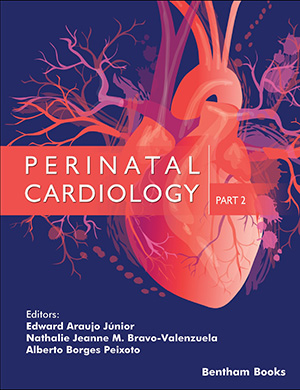Abstract
The advances in neonatal care and pediatric cardiac surgery have allowed repairing of complex congenital heart disease in the newborn and young infants with excellent results. The most common congenital heart defects that may need early surgical treatment are tetralogy of Fallot (TOF), transposition of the great arteries (TGA), univentricular heart, total anomalous pulmonary veins connection, hypoplastic left heart syndrome, critical aortic stenosis, and truncus arteriosus. TGA, characterized by atrioventricular concordance with ventriculoarterial discordance, is the most common cyanogenic cardiopathy, which requires treatment in the neonatal period. Atrioseptostomy with Raskind balloon must be performed in the newborn with TGA, who presents significant hypoxia and restrictive atrial septal defect. Surgical treatment of TGA depends on the gestational age diagnosis, associated defects and evaluation of the left ventricle anatomy and function. TOF is the cyanogenic cardiopathy that requires therapy more frequently within the first year of life. Those newborns with TOF who present severe cyanoses and or hypoxic crises may become ductus dependent, requiring surgical shunting procedure, percutaneous ductal stenting or total repair. Currently, there is a trend to perform neonatal total surgical repair in the centers of excellence, based in the low surgical risk. In univentricular hearts, medical decision depends on some anatomical aspects. While in case of significant pulmonary flow obstruction, it will require shunting procedure, in case of pulmonary overflow, it may need pulmonary banding. Total anomalous pulmonary venous return, critical aortic valve stenosis, and pulmonary atresia patients will require surgical or interventional heart catheterization procedures as a newborn. While, newborns with Ebstein’s anomaly have about 60% chance of requiring early surgical intervention.
Keywords: Ballon atrioseptostomy, Congenital heart disease, Neonatal cardiac surgery.






















